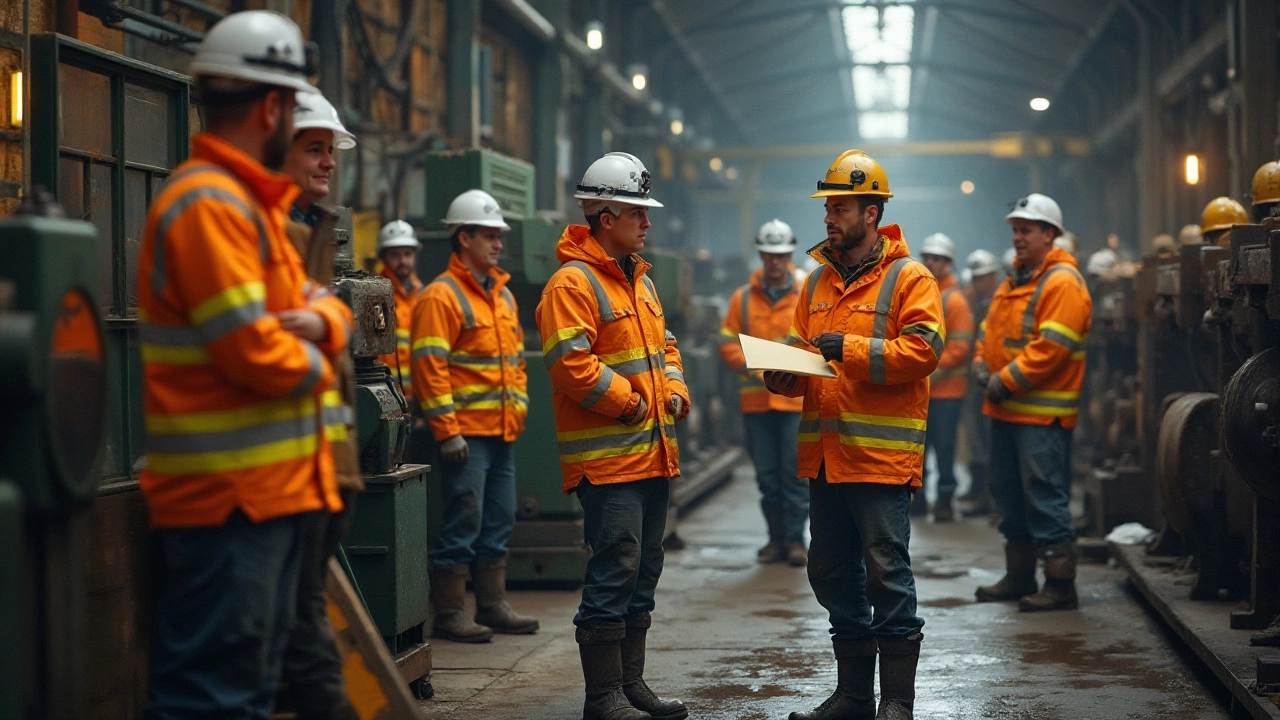Workplace Safety Made Simple: Everyday Tips to Stay Healthy on the Job
Ever wonder why a few small changes can make a big difference in staying injury‑free at work? You don’t need a safety manual the size of a novel. A few smart habits and the right gear go a long way toward keeping you comfortable and protected.
Footwear and Floor Safety
One of the easiest ways to up your safety game is choosing the right shoes. If you spend all day on your feet, look for shoes with good arch support, slip‑resistant soles, and enough cushioning to absorb impact. Bad shoes can cause foot pain, lower back strain, and even slips on wet floors.
Check the floor condition before you start a task. Wet spots, loose mats, or cluttered aisles are invitation cards for accidents. Wipe up spills right away and keep walkways clear. A quick glance can stop a slip before it happens.
Ergonomics and Movement
Most injuries come from repeated motions or awkward positions. Adjust your workstation so your elbows are at a 90‑degree angle, your monitor is eye‑level, and you can keep your feet flat on the floor. If you lift heavy items, bend at the knees, not the waist, and use your legs to do the work.
Take micro‑breaks every hour. Stand up, stretch your back, roll your shoulders, or walk to the water cooler. Those short bursts reset your muscles and reduce the risk of strain.
When you’re on a ladder, make sure it’s stable and the right height for the job. Never overreach—move the ladder instead. A secure position saves you from falls that can be serious or even life‑threatening.
Don’t forget personal protective equipment (PPE). Safety glasses, gloves, or hearing protectors are not optional if the task calls for them. Wearing the right gear is a habit that protects you before an incident even occurs.
Lastly, keep an eye on your surroundings. If you hear a strange noise from a machine, stop and investigate. Report hazards to your supervisor right away. Quick communication can prevent accidents for the whole team.
By paying attention to footwear, keeping your workspace ergonomic, and staying alert, you create a safer environment without spending extra time or money. Try one tip today and notice how much easier your day feels.
-
Can Employers Mandate Steel-Toe Shoes at Work?
Steel-toe shoes are often a necessity in many workplaces aimed at protecting employees' feet from potential hazards and accidents. This article explores the legalities surrounding whether an employer can require their employees to wear these protective shoes. It delves into safety regulations, reasons behind such mandates, and the possible implications for both employees and employers. Readers will gain insights into balancing safety requirements with personal comfort.
